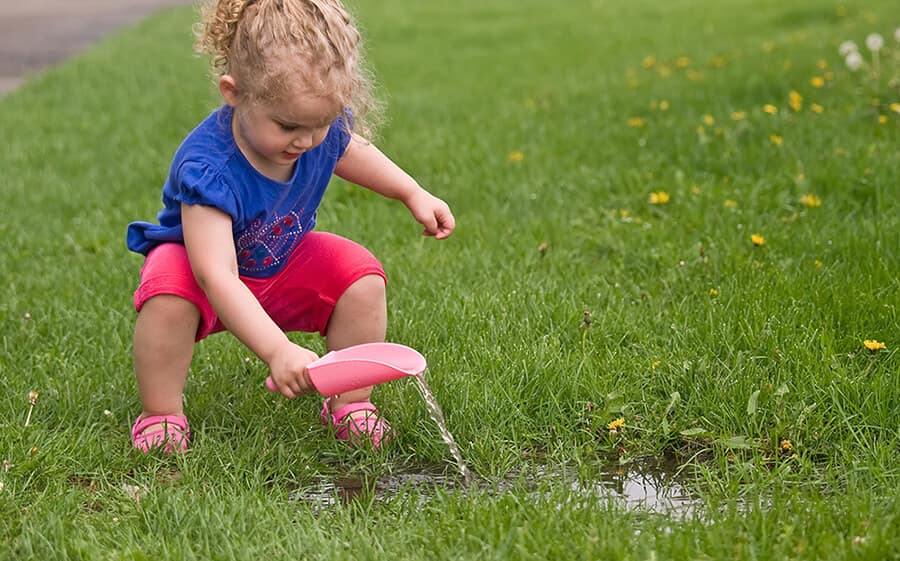Learning About Why Water Leakage Happen Frequently at Home
Learning About Why Water Leakage Happen Frequently at Home
Blog Article
They are making a few great annotation on the subject of Most Common Causes of Leaky Pipes in general in this great article followed below.

Leaks not just cause waste of water yet can additionally trigger unneeded damage to your house as well as promote unwanted organic growth. Water leaks may go undetected considering that many of the pipework in our residence is concealed. By comprehending as well as looking for everyday situations that cause leakages, you can secure your home from future leakages and unneeded damage. Today, we will certainly take a look at 6 leak triggers that might be creating your pipelines to leak.
Encroaching roots
A lot of water leakages start outside your home instead of inside it. If you discover an unexpected decrease in water pressure, claim in your faucet, take some time to go out and analyze your lawn. You might observe damp spots or sinkholes in your backyard, which could suggest that tree origins are attacking water lines creating water to permeate out. You can have your plumber look for intrusion, specifically if you have trees or bushes near your building.
Rusty water supply
As time goes by, your plumbing system ages as well as deterioration such as corrosion might begin eating away the pipelines. This may be the reason for staining or warping on your pipes. This calls for an examination with your plumber quickly. If our plumbing system is old, think about changing the pipes considering that they go to a higher risk of rust than the more recent versions.
Defective Pipeline Joints
The point at which your pipelines connect is frequently the weakest link in the waterline. Pipeline joints can degrade with time, leading to water leaks. However, most of pipe joints are not easily visible. If you have noisy pipelines that make ticking or banging noises, specifically when the hot water is activated, your pipe joints are possibly under a lot of stress. It is advisable to have your plumber check your system once a year.
Instantaneous temperature level changes.
Extreme temperature level modifications in our pipes can trigger them to broaden and get suddenly. This development and tightening may trigger splits in the pipes, particularly if the temperature level are below cold.
Poor Water Connectors
At times, a leak can be created by loose hoses as well as pipelines that provide your home appliances. In case of a water links leakage, you might observe water running directly from the supply line or pools around your appliances.
Clogged Drains
Blocked drains pipes might be frustrating as well as inconveniencing, however they can often end up creating an overflow leading to break pipes. Keep getting rid of any products that might go down your drains that can clog them to prevent such aggravations.
All the above are reasons for leakages however not all water leakages arise from plumbing leaks; some leakages could originate from roofing leaks. All leaks need to be fixed right away to prevent water damages.
Leakages not only cause waste of water yet can also trigger unnecessary damage to your home and also advertise unwanted organic development. By recognizing as well as looking for daily scenarios that create leakages, you can shield your residence from future leaks and unnecessary damages. Today, we will look at six leakage creates that may be creating your pipelines to drip.
At times, a leakage can be created by loose hose pipes as well as pipelines that provide your appliances. In case of a water connections leakage, you might see water running straight from the supply line or pools around your devices.
How To Check For Water Leak In Your Home
How To Check for Leaks
The average household's leaks can account for nearly 10,000 gallons of water wasted every year and ten percent of homes have leaks that waste 90 gallons or more per day. Common types of leaks found in the home are worn toilet flappers, dripping faucets, and other leaking valves. These types of leaks are often easy to fix, requiring only a few tools and hardware that can pay for themselves in water savings. Fixing easily corrected household water leaks can save homeowners about 10 percent on their water bills.
To check for leaks in your home, you first need to determine whether you're wasting water and then identify the source of the leak. Here are some tips for finding leaks:
Take a look at your water usage during a colder month, such as January or February. If a family of four exceeds 12,000 gallons per month, there are serious leaks.
Check your water meter before and after a two-hour period when no water is being used. If the meter changes at all, you probably have a leak.
Identify toilet leaks by placing a drop of food coloring in the toilet tank. If any color shows up in the bowl after 10 minutes, you have a leak. (Be sure to flush immediately after the experiment to avoid staining the tank.)
Examine faucet gaskets and pipe fittings for any water on the outside of the pipe to check for surface leaks.
Undetected water leaks can happen without the home or business owner even realizing. If you suspect a water leak, but not able to find the source. It is time to contact a professional water leak detection service, The Leak Doctor.
How To Find a Water Leak In Your Home
https://www.leakdoctor.com/blog/How-To-Check-For-Water-Leak-In-Your-Home_AE197.html

We are very intrigued by How to Find Water Leaks and I hope you liked my blog posting. Make sure you take the opportunity to distribute this write-up if you appreciated it. Thank you so much for your time invested reading it.
Get Started Report this page